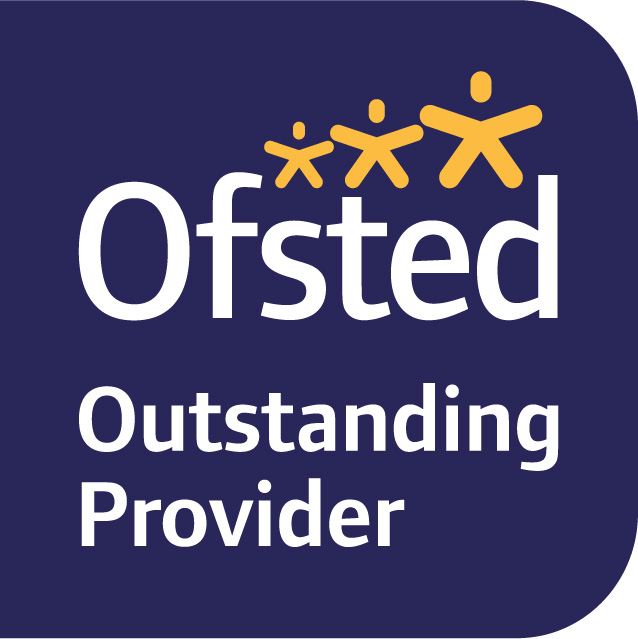Covid-19 Information
Frequently Asked Questions
What is Coronavirus (COVID-19)?
This is a virus that affects the lungs and therefore people’s breathing.
Does COVID-19 affect children?
Evidence suggests that the risk to children themselves of becoming severely ill from coronavirus (COVID-19) is very low but that there are negative health impacts of being out of school.
What are the symptoms of COVID-19?
The main symptoms are:
- a high temperature – this means you feel hot to touch on your chest or back (you do not need to measure your temperature)
- a new, continuous cough – this means coughing a lot for more than an hour, or 3 or more coughing episodes in 24 hours (if you usually have a cough, it may be worse than usual)
- a loss or change to your sense of smell or taste – this means you've noticed you cannot smell or taste anything, or things smell or taste different to normal
You can seek advice by calling NHS 111 or visiting https://111.nhs.uk/covid-19/
PLEASE NOTE: If your child is displaying any of the above symptoms of Coronavirus, please do not send them to school and arrange to get a test immediately.
Are the symptoms of COVID-19 different in children than in adults?
No. The symptoms of COVID-19 are similar in children and adults. COVID-19 can look different in different people. For many people, being sick with COVID-19 would be a little bit like having the flu. People can get a fever, cough, or have a hard time taking deep breaths. Most people who have gotten COVID-19 have not gotten very sick. Only a small group of people who get it have had more serious problems.
What should I do if my child develops symptoms?
Any child showing Coronavirus symptoms MUST stay at home. Please be aware that if any child starts showing symptoms during the day they will be isolated and parents will be phoned to come and collect them. They will then need to get a test for the virus and we will advise you how to do this. In the event of someone in the school testing positive for the virus we will be advised by Public Health England about the measures we need to take. This may involve some children being asked to stay at home and self-isolate.
If you are at all unsure about whether to send your child in please contact our Attendance Officer or Welfare Officer before sending your child in.
How will the school support my child if my child has to stay home?
If your child is self isolating the school will provide work which will enable them to keep up with their classmates.
What will happen if my child becomes unwell and develops COVID-19 symptoms in school?
- If your child is exhibiting COVID-19 symptoms, they will be isolated from the rest of the school as a precautionary measure
- A member of staff will stay with them - the member of staff will wear PPE
- The school will use a touch-free thermometer to measure your child’s body temperature
- You will be called and instructed to collect your child immediately
- All areas used by your child will be thoroughly cleaned
- You will be instructed to follow the https://www.gov.uk/government/publications/covid-19-stay-at-home-guidance/stay-at-home-guidance-for-households-with-possible-coronavirus-covid-19-infection
What do I do if my child is unwell but I am not sure if it is COVID-19 or something else?
At this time of year, there are many common childhood illnesses circulating including:
- Diarrhoea and vomiting
- Sore throat
- Runny nose or other symptoms similar to a cold or flu
Any of these symptoms do not necessarily mean your child has Covid-19. A sore throat and runny nose are typically the first signs of a cold and, if they do not have a temperature and are well enough, can still come to school. If, however, you are in any doubt keep them at home and monitor for 48 hours. If their condition worsens or you are still concerned, do seek medical advice as detailed above and keep school informed.
You can find more information here: https://www.nhs.uk/live-well/healthy-body/is-my-child-too-ill-for-school/.
What will happen if I don’t send my child to school?
The usual rules on school attendance apply. We will be recording attendance and following up pupil absence. The aim would always be to work with parents/carers to resolve any issues or concerns around attendance.
Testing and self-isolation
All staff, parents and secondary school age children should continue to do regular non-symptom rapid testing twice weekly. The tests should be 3-5 days apart.
When testing positive
If a staff member or student tests positive by LFT they should self-isolate immediately and order a confirmatory PCR test (ideally within two days). See below:
Temporary PCR Suspension
From 11 January, the government will temporarily remove the need for a confirmatory PCR test for people in England without symptoms who have a positive LFT result. However, anyone who develops one of the three main Covid symptoms - a cough, a fever or a loss of taste or smell - must still take a PCR test as soon as possible, and should stay at home and self-isolate while they wait for the result.
If a staff member or student tests positive, they:
- Must stay home and self-isolate for a full 10 days from symptoms onset or the date of the positive PCR (LFT result from the 11th January) test (day 0 being date of symptoms onset or positive test result, day one the next day and so on).
- You may be able to end your self-isolation period before the end of the 10 full days. You can take an LFT from six days after the day your symptoms started (or the day your test was taken if you did not have symptoms), and another LFT on the following day. The second LFT should be taken at least 24 hours later. If both these test results are negative, and you do not have a high temperature, you may end your self-isolation after the second negative test result.
- People ending isolation on day seven are strongly advised to limit contact with vulnerable people, not visit crowded or poorly ventilated spaces, and work from home where possible.
Close contacts
- All adults who are fully vaccinated and children aged 5 to 18 years and six months who are identified as a close contact of a positive case (whether Omicron or not) should take a LFT every day for seven days. They do not need to self-isolate.
-
- If they test negative, they can continue to attend their education setting
- If they test positive, then they should self-isolate and order a confirmatory PCR test and follow the steps set out above.
- Children under five years old do not need to take part in daily testing for contacts of COVID-19 and do not need to isolate.
- Anyone over the age of 18 years and 6 months who is not vaccinated, must isolate in line with government guidelines if they are a close contact of a positive case.
- For students with SEND who struggle to or are unable to self-swab daily for seven days, settings should work with students and their families to agree an appropriate testing route, such as assisted swabbing. Information on further support measures will be provided.
How to report a positive COVID result to school
Please do this via email to: attendance@barnhill.school
Your email should include the following information:
|
Name of person testing positive:___________________________________ The date of Day 0:________________________ The date of Day 10:_______________________ A screenshot of the NHS email notification received after recording test result at: https://www.gov.uk/report-covid19-result |
How to report returning to school
Please do this via email to: attendance@barnhill.school
Your email should include the following information:
|
Name of person testing negative:____________________________________ The date of Day 6 testing:________________________________________ A screenshot of the NHS email notification received after recording the Day 6 negative test result at: https://www.gov.uk/report-covid19-result The date of Day 7 testing:________________________________________ A screenshot of the NHS email notification received after recording the Day 7 negative test result at: https://www.gov.uk/report-covid19-result |
Anyone with any symptoms of COVID-19 or who has tested positive for COVID-19 using a LFT must self-isolate immediately.







